Through an online broker or by contacting your personal broker at a full-service brokerage. In this article, we look at preferred shares and compare them to some better-known investment vehicles. Investors should also be aware of the potential drawbacks of CPS, such as limited voting rights and interest rate risk, and weigh them against the potential benefits of the investment.
Part 3: Confidence Going Into Retirement
This feature can attract risk-averse investors who seek reliable dividend payments and a degree of security. The dividend rate is determined at the time of issuance and is typically expressed as a percentage of the par value of the stock. The dividend is paid to shareholders before any dividends are paid to common stockholders. Cumulative preferred stock is one type of preferred stock; a preferred stock typically has a fixed dividend yield based on the par value of the stock.
- Cumulative preferred stock is one type of preferred stock; a preferred stock typically has a fixed dividend yield based on the par value of the stock.
- Sometimes dividends or yields on preferred shares may be offered as floating, and fluctuate according to a benchmark interest rate.
- But this compensation does not influence the information we publish, or the reviews that you see on this site.
Because every preferred stock has certain defining features relating to debt securities—including maturities which can be long—it’s vital to research the issuer before making a purchase. While preferreds are interest-rate sensitive, they are not as price-sensitive to interest rate fluctuations as bonds. However, their prices do reflect the general market factors that affect their issuers to a greater degree than the same issuer’s bonds. Because preferred shares are often compared with bonds and other debt instruments, let’s look at their similarities and differences.
At Finance Strategists, we partner with financial experts to ensure the accuracy of our financial content. For information pertaining to the registration status of 11 Financial, please contact the state securities regulators for those states in which 11 Financial maintains a registration filing. Investors should carefully consider the features and risks of CPS before making an investment decision and a payroll compliance checklist for us companies consult with a financial advisor if needed. Yarilet Perez is an experienced multimedia journalist and fact-checker with a Master of Science in Journalism.
What are the benefits of owning Cumulative Preferred Stock?
The order in which those securityholders receive their share of the assets will depend on the specific rights given to them in their security agreements. Preference shares, for instance, will generally have priority over the common shares, and will therefore be paid before the common shareholders. However, preference shares will generally have lower priority than corporate bonds, debentures, or other fixed-income securities. Preference shares, more commonly referred to as preferred stock, are shares of a company’s stock with dividends that are paid out to shareholders before common stock dividends are issued.
When contemplating preferred stock, evaluating dividend stability, assessing convertibility terms, and comparing other investments are crucial. As investors evaluate whether preferred stock aligns with their financial goals and risk tolerance, several key considerations come into play. Investors should be aware of these potential pitfalls before incorporating preferred stock into their portfolios. This added layer of security enhances the appeal of preferred stock for risk-conscious investors. Convertible preferred stock strikes a balance between income and growth potential, appealing to investors looking for a dual advantage.
Nevertheless, vigilance is essential due to risks such as interest rate sensitivity, market price fluctuations, and subordination risk. This stability is particularly attractive for retirees or investors seeking consistent cash flow to meet their financial needs. Preferred stock comes in various forms, each tailored to different investor preferences and risk appetites. Our team of reviewers are established professionals with decades of experience in areas of personal finance and hold many advanced degrees and certifications.
Changes in market sentiment, company performance, or broader economic conditions can impact the market value of preferred stock. These features play a pivotal role in determining the attractiveness of preferred stock to investors and its place within their portfolios. Preferred stocks often have no maturity date, but they can be redeemed or called by their issuer after a certain date. There is no minimum or maximum call date, but most companies will set the date five years out from the date of issuance. Individual and institutional investors can both benefit from the steady income that they can be paid. However, institutions may receive a highly attractive tax advantage in the dividends received deduction on that income that individuals do not.
Where Can Individual Investors Get Preferred Stock?
With preferreds, the investor is standing closer to the front of the line for payment than common aipb certification test shareholders, although not by much. CPS pays a fixed dividend rate to shareholders, while common stock pays a variable dividend rate or no dividend at all. CPS pays a fixed dividend rate to shareholders, which is usually higher than the dividend rate paid on common stock but lower than the interest rate paid on bonds. For example, a company issues cumulative preferred stock with a par value of $10,000 and an annual payment rate of 6%. The economy slows down; the company can only afford to pay half the dividend and owes the cumulative preferred shareholder $300 per share. The next year, the economy is even worse and the company can pay no dividend at all; it then owes the shareholder $900 per share.
What are the main types of preference shares?
However, a company may have a provision on such shares that allows the shareholders or the issuer to force the issue. How valuable convertible common stocks are is based, ultimately, on how well the common stock performs. If the company chooses not to pay dividends in any given year, the shareholders of the non-cumulative preferred stock have no right or power to claim such forgone dividends at any time in the future.


